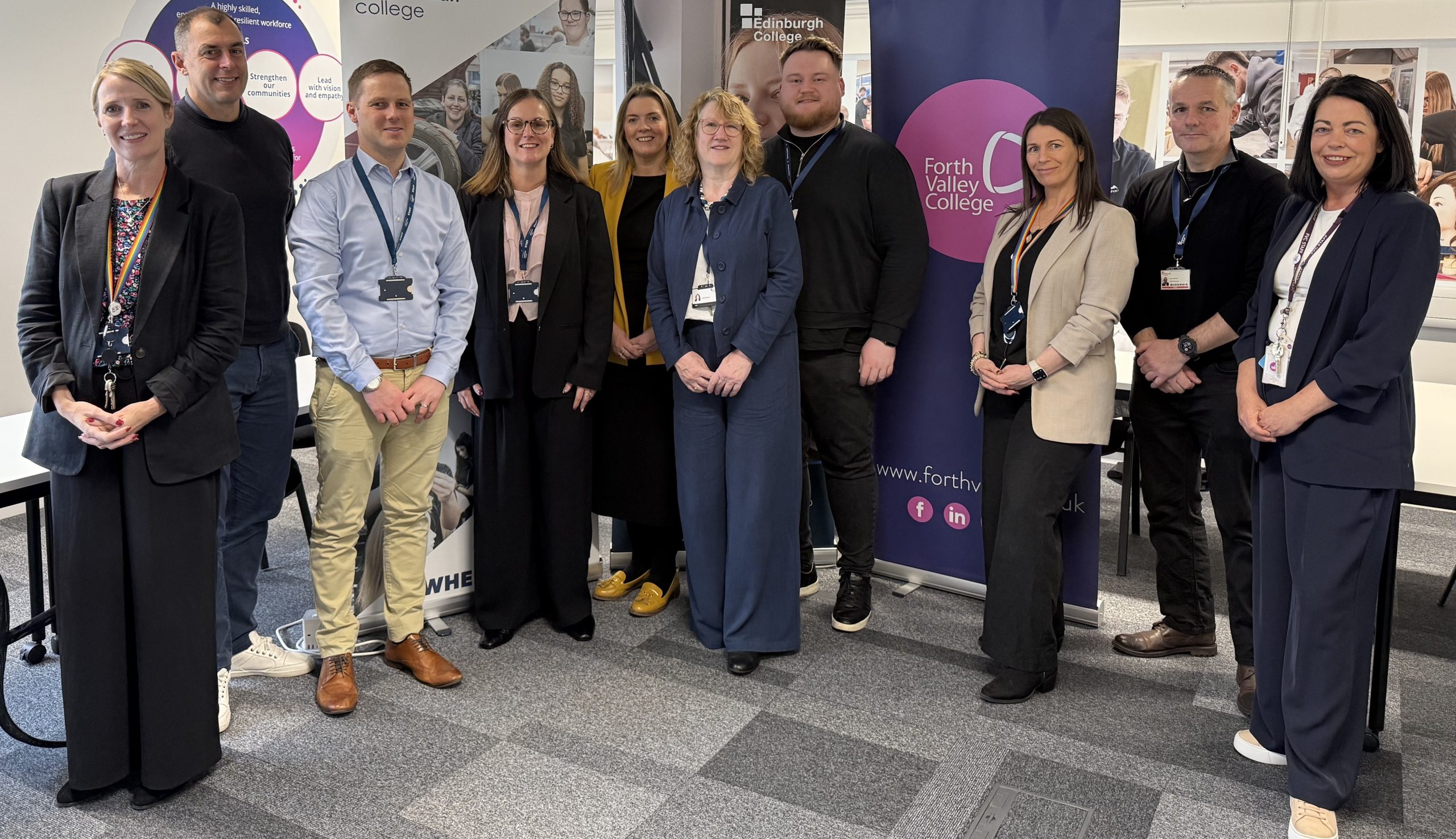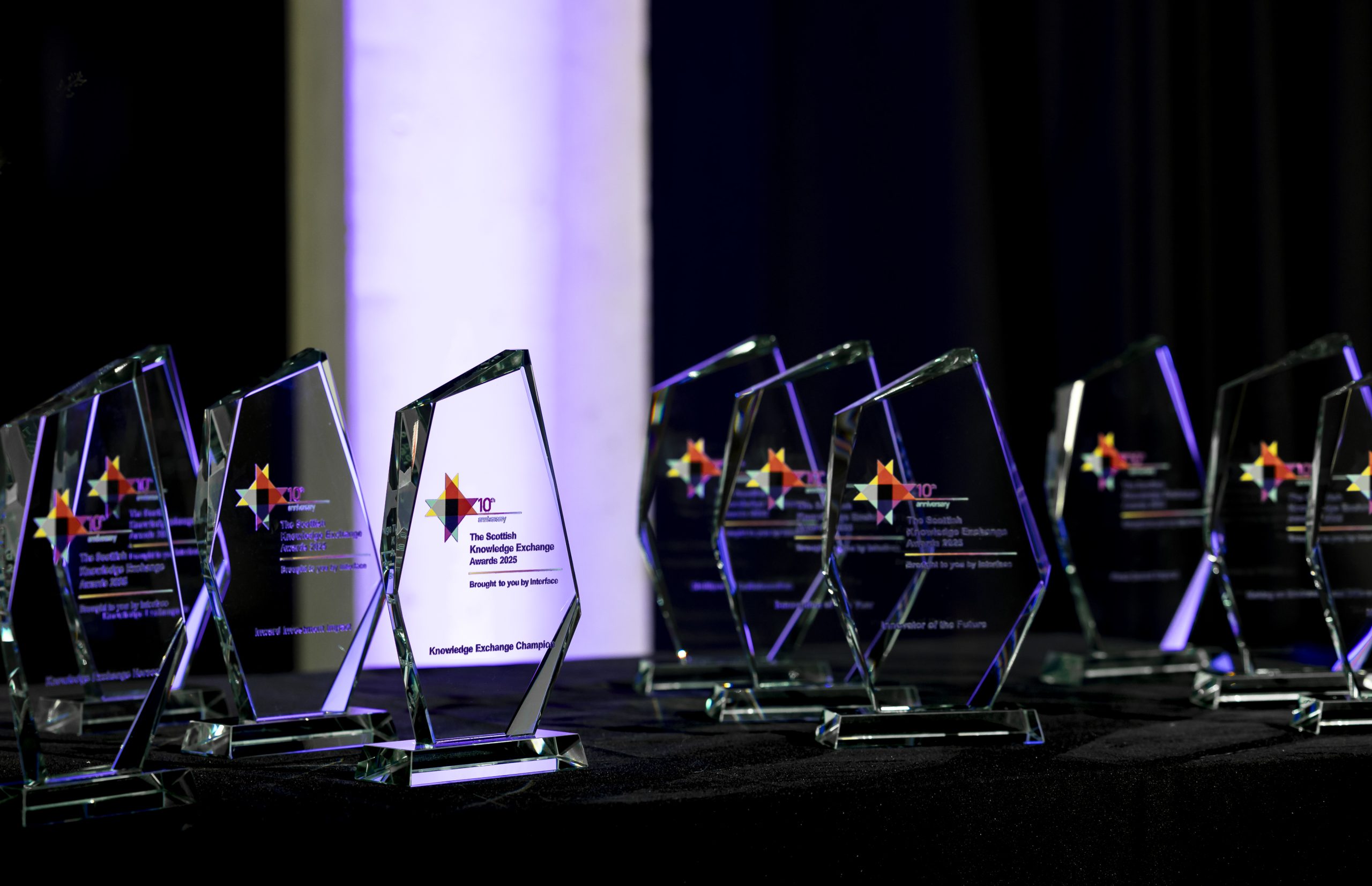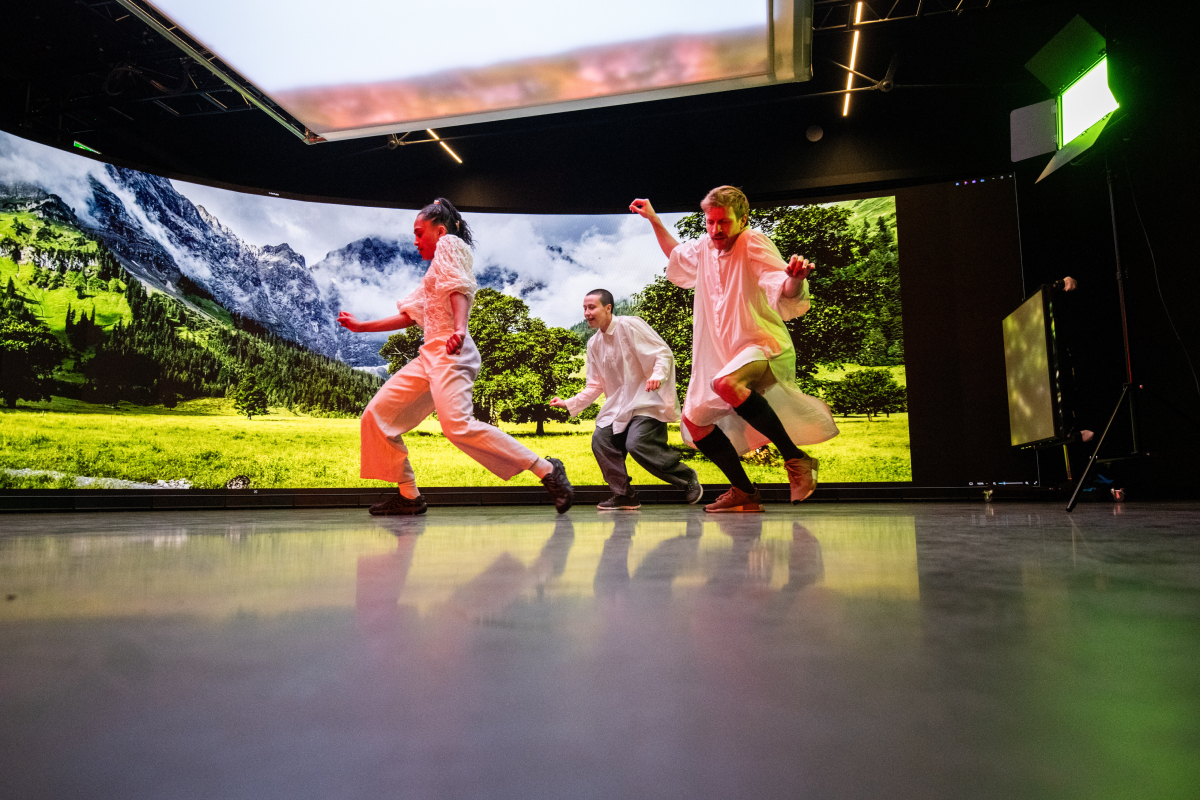Post
A healthy appetite for food innovation

For anyone who owns a supermarket loyalty card, the concept of being sent special offers and discounts for exactly the kind of food and drink that you already buy, is not new. This is using customer data at its simplest, but it is a powerful way to keep track of who’s buying what and of keeping customers loyal.
Of course, there are many more applications of data in the food and drink industry, aiming for enhanced food safety and welfare for animals, waste reduction, better energy use, predictive maintenance, increased transparency and optimising staffing.
When I think about data and the food manufacturing industry, I used to think about the information coming into the business from ingredients and packaging, the information required for projects and different departments to work together, and the information going out about the products. These were ingredient specifications, certificate of analysis, packaging specifications, project briefs, project critical paths and final product specification and artwork.
Now, when I think about data and the food & drink industry, I think about the whole supply chain from farms or fishing right through to the processing and the consumer. I think about sensors, imaging and the Internet of Things. About robots, augmented reality and virtual reality, block chain and QR-codes, machine learning and predictive analytics, drones and precision farming. These are not just for the sci-films anymore, they are reality.
Agritech is underpinning many new developments and farmers of the future will work closely with data scientists. The type of data captured, and its applications are constantly evolving as a result of developments in sensors, scanners, cameras and storage and processing capabilities.
As part of our role to develop academic to business collaborations, Interface were recently involved in pulling together a partnership between mathematicians from the University of Stirling and the agriculture sector. As a result, the Scottish pig sector and the university have been working to link up sensor data on a pig farm, with the abattoir data for the same farm. The analysis carried out will give the farmers a greater insight into rearing methods and the effect on the end product. The dissemination of this project will enhance the efficiency and sustainability of pig farming across Scotland.
Another area of growing interest to the industry is blockchain technology. What started as the technology that fuelled cryptocurrencies, the blockchain revolution is pervading food and drink production, improving traceability, transparency and food safety across the supply chain. A good example of this is where Walmart conducted an experiment trying to trace the source of sliced mangos. It took seven days for Walmart employees to locate the farm in Mexico that grew the fruit. With the blockchain software, the mangos could be tracked in a matter of seconds, which, in the event of a health and safety problem, will mitigate the impacts and allow targeted products recalls.
Wearable devices also have great potential for the food and drink industry. Smartgloves, smartwatches and other wearable scanners make processes faster and easier for employees with barcodes and QR codes being scanned without interruption during workflow processes. Smartglasses, vests and helmets can eliminate the need for separate computers or manuals saving time and ensuring more accuracy in the work place. Smartglasses also have a communications interface and internet connectivity that could allow employees to discuss issues with an expert, even one who is off-site.
The 4th Industrial Revolution is already encompassing nine distinct areas; autonomous robots, simulation, system integration, Internet of Things, cybersecurity, cloud computing, Additive manufacturing, augmented reality and big data. Data can be simple, it can be complex – there is always a requirement to record, store and process it, and if necessary publish it, but also there is an opportunity to learn from it and make changes which improve products and processes.
Technology has advanced rapidly in the last few years, so embracing how it can streamline systems, introduce efficiencies, upskill staff from manual, repetitive jobs to new roles ready to make a difference as part of the Industry 4.0 movement is crucial to how the Scottish food and drink industry collectively reaches the target of being worth £30bn by 2030.
“Workforce Innovation” is high on the agenda of those outward looking businesses with a focus on growth and is key to addressing the evolving and ever-changing market environment in which the food and drink sector operates. It’s more than just human resource – it’s about the workplace, its operation and the challenge of inspiring the workforce of the future.



